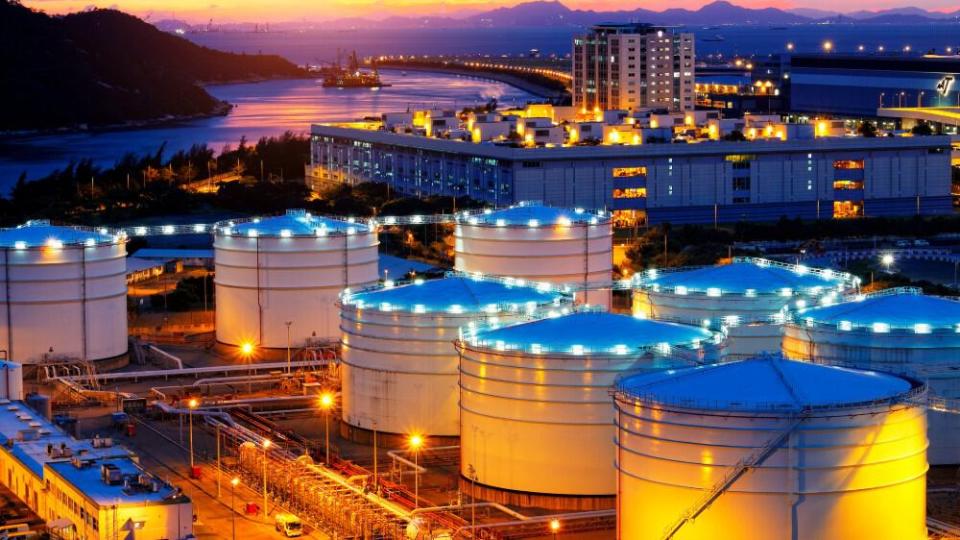Is Gran Tierra Energy (TSX:GTE) an Attractive Oil Stock to Buy?

I have been bullish on oil producer Gran Tierra Energy (TSX:GTE)(NYSEMKT:GTE) for some time, yet it has failed to perform, losing a whopping 50% since the start of 2019. Surprisingly, it has suffered this sharp loss despite the international benchmark Brent price gaining 17%.
This has sparked considerable consternation among investors, especially when the quality of Gran Tierra’s assets and strength of its balance sheet are considered.
Let’s take a closer look at Gran Tierra in order to understand whether it’s really trading at a discount and can unlock value for investors.
Growing geopolitical risk
Among the main threats to Gran Tierra’s operations is rising geopolitical risk in Colombia. The administration of President Ivan Duque is not only facing a fiscal crisis, but there is also growing insecurity in the countryside, notably in areas where Gran Tierra operates because of the historic peace accord between the government and largest guerilla group, the FARC, unraveling.
This has led to a spike in the volume of attacks on oil pipelines, which are the only cost-effective means of transporting crude because of Colombia’s rugged terrain and lack of transportation infrastructure.
There has been a spate of attacks of the Transandino pipeline, including a bombing earlier this month attributed to the ELN, which connects the oil fields in the southern Putumayo Basin to the Pacific port of Tumaco. The Caño-Limon pipeline, which links Colombia’s largest oil fields in the Llanos Basin to the Atlantic coast, has also been subjected to bombings.
Most of those attacks have been attributed to the last remaining guerilla army, the ELN, which has moved rapidly to take control of terrain once under the authority of the FARC. Dissident FARC groups that refused to disarm in accordance with the 2016 peace treaty are expanding, posing a threat to the operations of oil companies and pipeline infrastructure because they are considered legitimate targets.
Earlier this year, Gran Tierra was forced to shutter operations at its Suroriente and PUT-7 blocks in the Putumayo Basin because of blockades established by farmers protesting the Duque administration. This reduced its oil output by around 4,500 barrels per day.
The rising level of violence in the remote regions of Colombia, where many oil fields are located, has seen the market heavily mark down Gran Tierra’s stock as it bakes in a significant risk premium. This helps to explain why the stock has failed to perform and is trading at a third of the after-tax net asset value (NAV) of its proven and probable oil reserves.
Nonetheless, the overbaked perception of risk relating to Gran Tierra’s operations in Colombia does not fully account for it trading at what is essentially a fire sale price. The operational outages experienced earlier this year, which forced Gran Tierra to revise its full-year 2019 guidance downward from 43,000 barrels daily at the upper end to 37,500 barrels, sees projected annual cash flow fall into the range of US$335 to US$355 million.
That has weighed heavily on Gran Tierra’s value, particularly when it is considered that the driller has a long history of overpromising and underdelivering. There are worries that the increased security risk and political upheaval in Colombia will cause further production outages, which would have a sharp impact on Gran Tierra’s earnings.
Another factor impacting Gran Tierra’s stock is that it loaded up on debt to finance a range of acquisitions over the last three years. That saw it finish the second quarter 2019 with almost US$693 million of long-term debt and total non-current liabilities of US$796 million.
In the current difficult operating environment, this has triggered concerns that Gran Tierra is over-leveraged and may be incapable of meeting future debt maturities unless oil recovers.
Foolish takeaway
Gran Tierra’s failure to perform and sharp loss since the start of 2019 has many investors on edge. While it still possesses a robust balance sheet, despite loading up on debt and is trading at a deep discount to its NAV, the driller remains highly unpopular with investors.
However, aside from rising geopolitical risk in Colombia there appear to be no fundamental issues with Gran Tierra’s operations, meaning that it’s a very attractively valued, albeit risky play on higher oil.
More reading
TFSA Investors: $63,500 in this Dividend Stock Pays $4,000 a Year
Pension Wealth: How to Use the TFSA to Turn $10,000 Into $107,000 in Retirement Savings
3 Reasons Why Aurora Cannabis (TSX:ACB) Stock Is a Steal at $5
Fool contributor Matt Smith has no position in any of the stocks mentioned.
The Motley Fool’s purpose is to help the world invest, better. Click here now for your free subscription to Take Stock, The Motley Fool Canada’s free investing newsletter. Packed with stock ideas and investing advice, it is essential reading for anyone looking to build and grow their wealth in the years ahead. Motley Fool Canada 2019

 Yahoo Finance
Yahoo Finance 